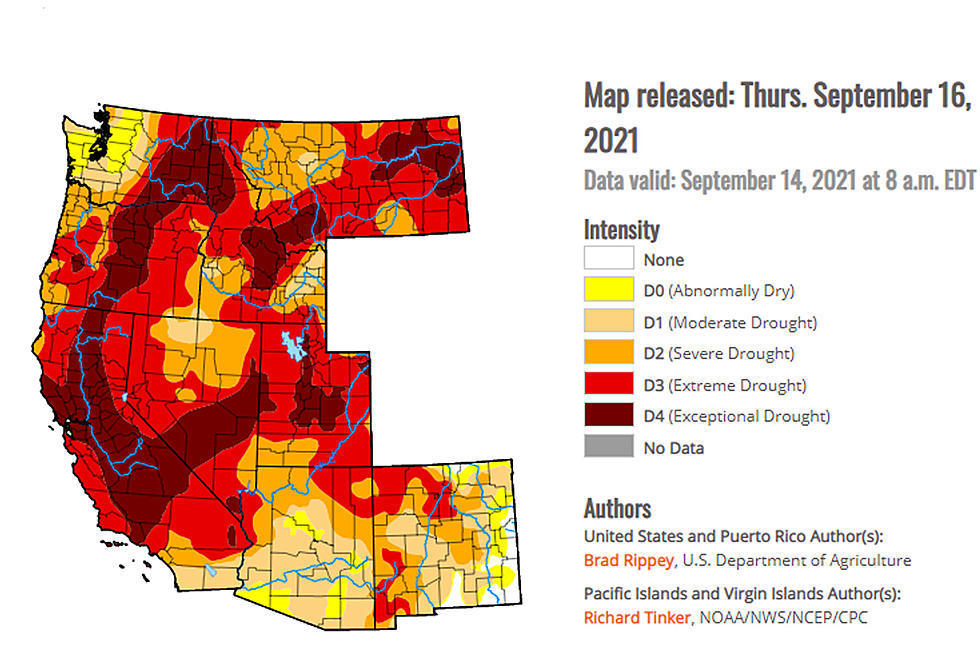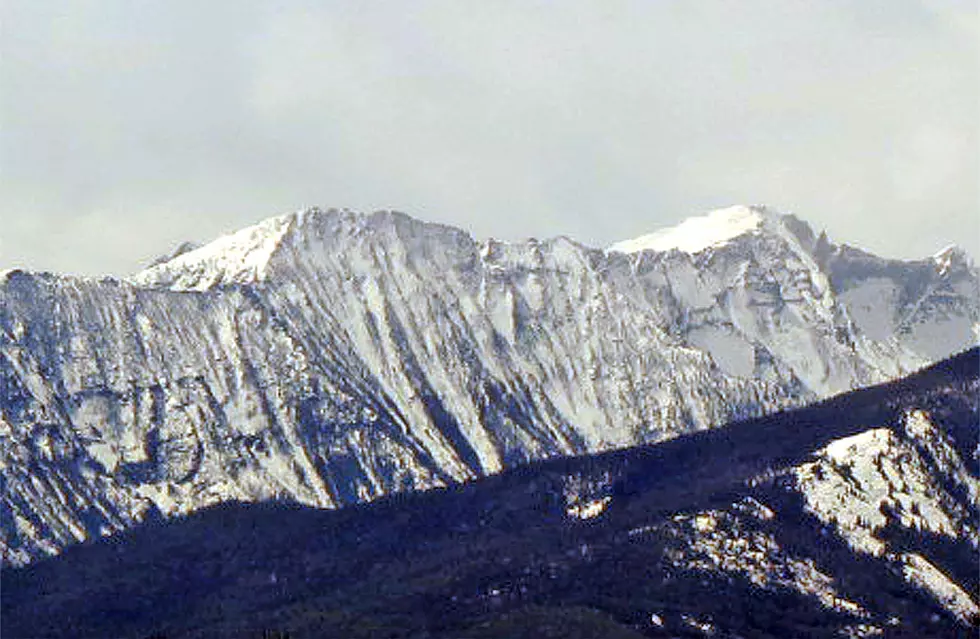
Missoula County Added To USDA Drought Disaster Areas
Missoula County has been designated a Primary Natural Disaster Area by the US Department of Agriculture. To be included in that category, Missoula county suffered drought for at least eight weeks this season. The USDA is looking at Severe, Extreme and Exceptional drought conditions. The designation enables producers to apply for emergency loans that can replace equipment or livestock, help with reorganization of a farm or refinance some debts.
Counties surrounding Missoula are also eligible for the drought recovery options. That includes Ravalli County. Other counties are Sanders, Powell, Mineral, Granite, Lake and Flathead, according to a USDA news release. More information is available online.
The qualifications from production losses are "a 30% reduction in a primary crop in a designated or continuous county. Losses to quality, such as receiving a 30% reduced price for damaged crops, may be eligible. The Farm Service Agency will review the requests. The application deadline is May 3, 2022.
Drought has been bad throughout the Northwest this year. USDA reported an average 96% topsoil moisture shortage in Montana. That was only exceeded by Washington State with 100% very short to short moisture. At least half of the rangeland and pastures was rated "poor" or "very poor" in eight of the 11 Western US states, again with Washington at the top of the list with 96% and Montana at 88% poor or very poor moisture. Oregon was 87%. Montana was helped by early rain that added to stored water in lakes and reservoirs, but the consistent hot, dry weather took those reservoir levels down rapidly this summer.
The emergency loan program is triggered when a natural disaster is designated by the Secretary of Agriculture or by the President under the Stafford Act.


